The Batman Arkham series redefined not only what superhero games could be but also the overall tone of Batman as a character. Following the release of the first game in the series, Batman could be much darker in any media he appeared in, as could every superhero in a TV show, movie, or game.
This series is one best enjoyed in order, but what order you play them in is up for debate. Below, I’ve outlined all Batman Arkham games in order both chronologically and by release date. Personally, I recommend you play them in release date order, but I’ve gone into detail about the benefits and drawbacks of playing in each order further down in this article.
All Batman Arkham games in release order
The list below shows every Batman Arkham game in release order. I’ve also added a brief summary of what each game is about and why it’s worth playing. As a long-time Batman fan, this series is a dream come true, and I adore playing every single entry because they each offer something slightly different to keep the formula interesting across all the games.
Batman: Arkham Asylum (2009)
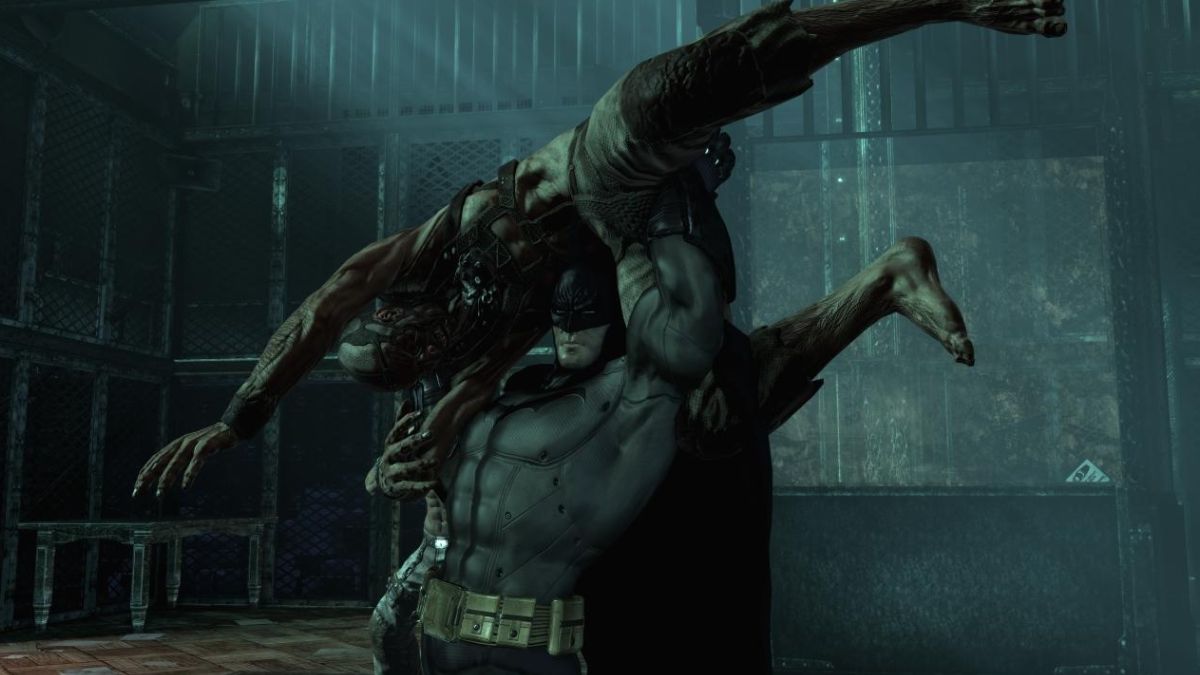
Batman: Arkham Asylum is the game that started it all. You start with Batman pulling up to Arkham Asylum. He throws Joker out of his trunk and escorts him down to the holding cells, but that was the villain’s plan all along. From there, things go about as pear-shaped as they can, with criminals escaping their cells and overrunning the asylum.
This game takes place almost entirely inside Arkham Asylum. The architecture lends itself to cramped corridors ripe for exploration and stealth takedowns, but also hosts massive open rooms that Batman can swing around to set up strategic beatings. Throughout the story, you meet iconic character after iconic character, and it feels like a whistle-stop tour of Batman’s best comics.
The star of the game is the combat system. Rocksteady Studios pioneered the combat mechanics borrowed by so many games here, a two-button method that sees Batman do all the work. Occasionally, you must dodge and press two buttons for a combo, but everything feels much more like a dance of skill than a fight. Bosses require a more unique approach, but every encounter is well thought out and memorable for it.
Batman: Arkham City (2011)
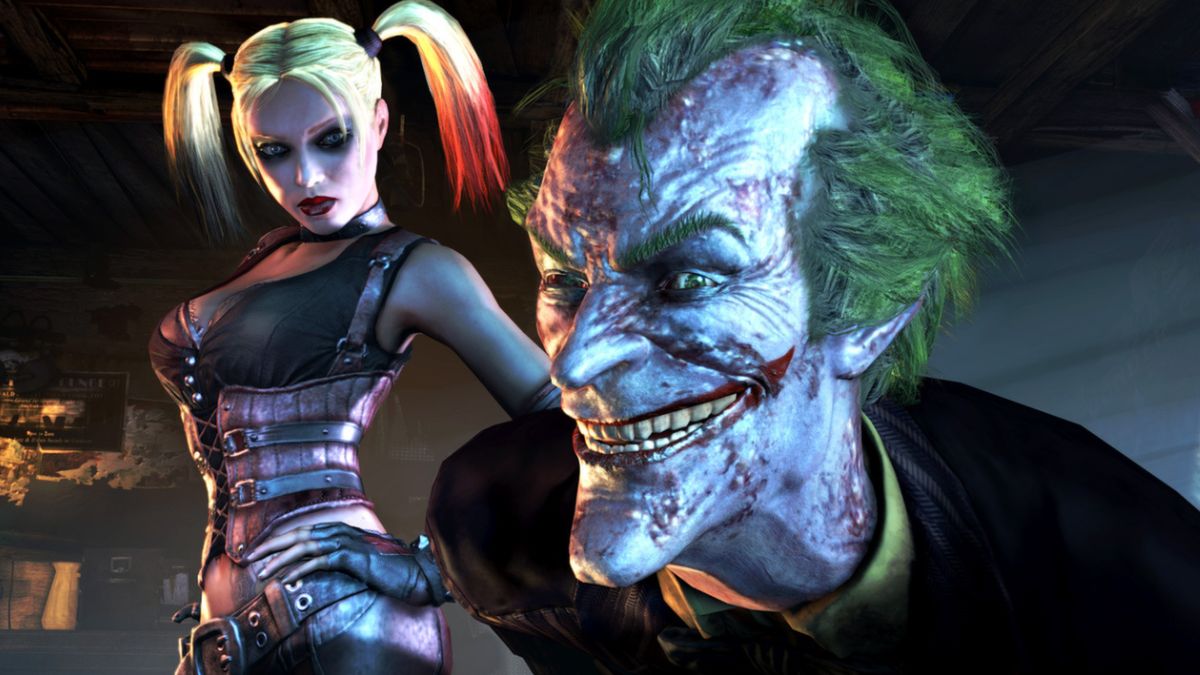
When Batman: Arkham City was finally released, it was critically acclaimed thanks to the way it iterates on the formula set up by the first game. Gone are the tight corridors of the asylum. Now, Batman hunts criminals across a vast section of Gotham City that’s been sectioned off to contain the evil-doers within. Batman manages to get inside, but what he finds there is an even more unhinged Joker who sets events in motion that send Batman across the entire district.
The story of this entry leans more heavily on the lesser-known Batman villains, but uses the more popular ones, such as Ra’s Al Ghul and Hugo Strange, in some of the most interesting superhero storytelling I believe has ever been crafted. I didn’t rush this game at all, and was kept guessing from start to finish as to where it was going.
For me and many others, Batman: Arkham City was the first true open-world Batman game, and it’s never been beaten. The streets of Arkham City are packed with criminals to take out, and a plethora of side activities keep you busy between story beats for dozens of hours. My favorite might be the Mad Hatter side quest, which goes completely off the rails.
Another amazing aspect of this game is its exploration, which is aided by Batman’s superb gliding and grappling combo technique. By the end of the game, you can fly across the city without ever touching down.
Batman: Arkham City Lockdown (2011)
Thanks to the impeccable fighting in the Batman Arkham games, they received a fighter spin-off title in the form of Batman: Arkham City Lockdown. This one appears to have shut down now, but that shouldn’t stop you from enjoying the overarching story. When you could play it, the story revolved around a prison escape within Arkham City that Batman gets called to sort out once again.
The real draw of this mobile game was the fact that NetherRealm made it. This studio also made the Injustice: Gods Among Us fighting games for console and mobile devices. I played hundreds of hours and ranked top in the world on a leaderboard once for the first mobile game, and I would have thought this Arkham game probably felt fantastic to play.
Batman: Arkham Origins (2013)
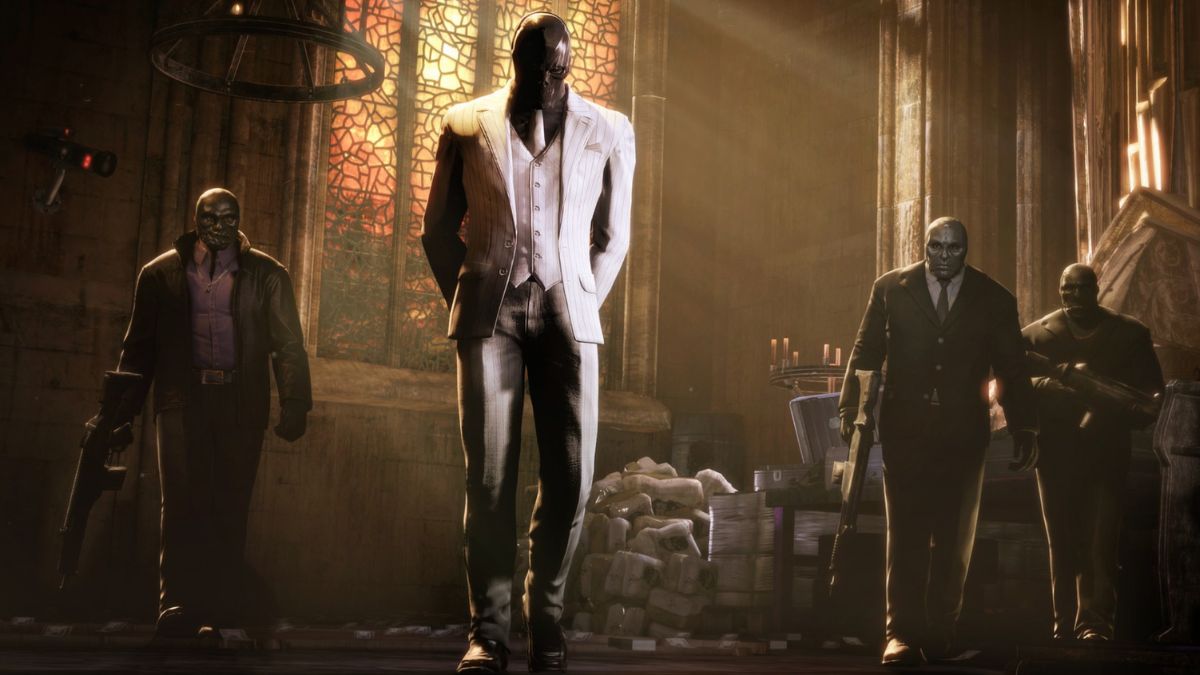
Batman: Arkham Origins is a confusing game, because it is a prequel to the entire series and the only entry not made by Rocksteady Studios. It’s definitely the weakest entry in the series, but that doesn’t mean it’s not worth playing. I’d say just go into it knowing that it’s not as polished as the other three titles.
I don’t have many issues with Batman: Arkham Origins, but it’s certainly the weakest story. There are also some more than questionable moments where Batman appears to break his code of honor, only for video game logic to be used as a saving grace. However, the great combat system is still present, and a new open world to explore with the caped crusader isn’t exactly a bad thing.
One aspect I love about this entry, in particular, is the villains. They’re almost exclusively unknowns or barely showcased enemies of Batman who are given a tiny portion of the spotlight long enough to get. punched in the face before wandering away in pain. It’s still a fun jaunt, but this is definitely the low point for the Batman Arkham games.
Batman: Arkham Origins Blackgate (2013)
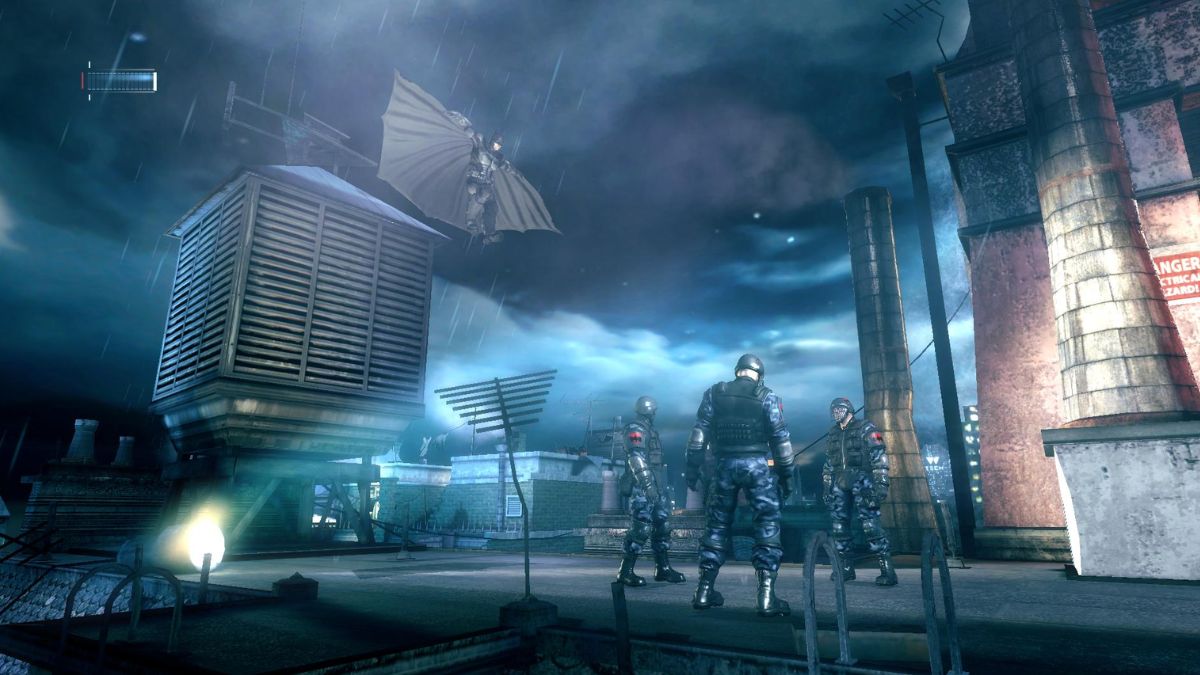
While most fans were okay with another game in the classic Arkham series style, Batman: Arkham Origins Blackgate took things in a new direction. It’s a 2.5D side-scrolling action game that manages to pull the formula the series is known for into a new perspective extremely well.
While it lacks the freedom afforded to players in the core series, it more than makes up for that by pushing the boundaries of what’s possible in the 2.5D format. It actually looks and feels fresh, acting as a decent palate cleanser between titles.
As far as the story goes, you see Batman visit Blackgate Prison after an explosion frees its inmates. Three major areas controlled in turn by Joker, Penguin, and Black Mask must all be wrested back under control by force. I love the variety across each section of the prison and appreciate the successful attempt to do something different with a series that could have gotten old and tired at this point.
Batman: Assault on Arkham (2014)
Based on and set in the Batman Arkham universe, Batman: Assault on Arkham is a movie in which Batman attempts to stop Joker and Harley Quinn from freeing some of the worst criminals stuck in the Asylum. It’s far from essential to enjoy the series, but the narrative beats are interesting for those who want to dive deeper.
Batman: Arkham Knight (2015)
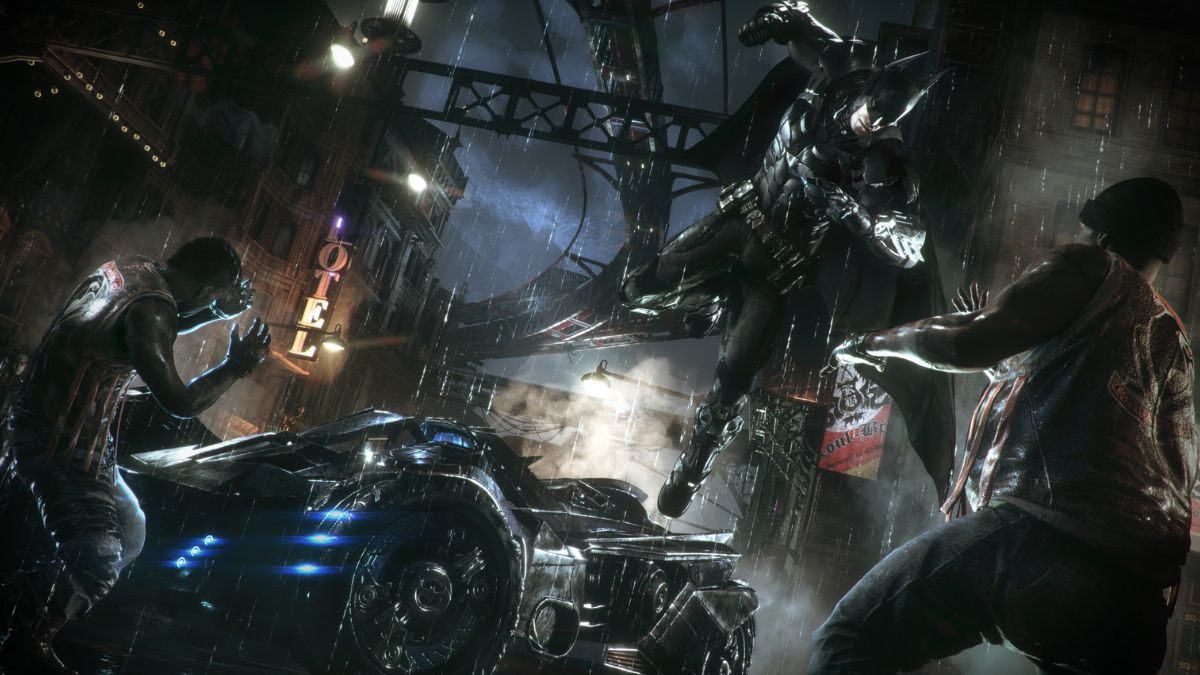
As the final game in the mainline Arkham trilogy, Batman: Arkham Knight finishes everything with a bang. Scarecrow is holding Gotham ransom with fear toxin while an original villain called Arkham Knight also threatens to throw things out of balance. Poor old Batman is dealing with quite a lot himself, both emotionally and physically, and it all comes to a head by the game’s end.
There’s a lot to unpack in this game, including why the Batmobile was introduced. Overall, though, it’s a satisfying end to the greatest video game rendition of a Batman story I’ve ever played. Combat is at the heart of everything and still feels phenomenal. Stopping the games here before they became bloated was the right move, but you’ll be hungry for more by the time you finish.
If you’re on the fence about the series still, I want to add that Arkham Knight is where some of the most obscure villains start to appear. they’re not completely out of this world, as you’d expect, but they’re very unexpected and bring the side content and main storyline together in a way that makes them feel like one can’t be completed without the other.
Batman: Arkham Underworld (2016)
Following the success and finality of Batman: Arkham Knight, DC and Warner Bros. Games released the free-to-play mobile title Batman: Arkham Underworld. The game felt like a half-decent attempt at a base-building entry that starred the criminal masterminds of the Arkham universe. The lore of the title meant almost nothing to the broader series, but it did have some tidbits that are now lost to time. It was shut down in 2017 and can only be relived through YouTube videos for those who really want to seek them out.
Batman: Arkham VR (2016)

As VR became more accessible, developers began to invest in making titles for it. Batman: Arkham VR is actually one of the best PSVR games for learning the platform and an easy platinum trophy if you’re ever looking for one. The story is short but very good. It gets across the idea of being Batman perfectly well and has a few moments of greatness, such as scanning in Detective Vision and having a hidden blood-sampling mechanic that plays into the rest of the series. Again, this game isn’t essential for understanding the overarching storyline, but it’s a lovely addition that makes the series feel so much more full.
Suicide Squad: Kill the Justice League (2024)

Suicide Squad: Kill the Justice League is a confusing live-service game set in the Arkham universe. Batman certainly appears, but this isn’t what you’d expect. Brainiac has overtaken the entire Justice League, and as the Suicide Squad, you set out to kill them. While there’s some wiggle room, this game seemingly puts an end to any potential future Batman games in the Arkham universe.
At launch, the game received a large number of negative reviews due to server issues and bugs. While not everyone had a terrible time with it, this is definitely a game you play because you love DC characters, not because you love Batman or the Arkham games.
All Batman Arkham games in chronological order

Below, I’ve listed every Batman Arkham game in chronological order. The one thing that’s different about this order is that you’ll be playing games that were released later in the series earlier, meaning there will be an odd sense of technology getting worse over time. Since I’ve already outlined what each game is about above, so I won’t repeat myself here.
If you want to be really pedantic, the DLC should also be played in a specific order so you can see every event unfold chronologically. For that reason, and because I think it’s pretty interesting to see where each DLC fits, I’ve listed them between the games below too.
- Batman: Arkham Origins
- Batman: Arkham Origins Blackgate
- Batman: Arkham Knight – A Matter of Family
- Watch – Batman: Assault on Arkham
- Batman: Arkham Asylum
- Batman: Arkham City
- Harley Quinn’s Revenge
- Batman: Arkham Knight – Red Hood Story Pack
- Batman: Arkham Knight – Harley Quinn Story Pack
- Batman: Arkham Knight
- Batman: Arkham Knight – Catwoman’s Revenge
- Batman: Arkham Knight – A Flip of a Coin
- Batman: Arkham Knight – GCPD Lockdown
- Suicide Squad: Kill the Justice League
The reason some of the DLC from later games is sitting before earlier entries is that they’re prequels. While you could just wait until you play Batman: Arkham Knight to work through all of its DLC, if you’re trying to go for a true chronological run, you should really go all the way.
What order should you play the Batman Arkham games in?
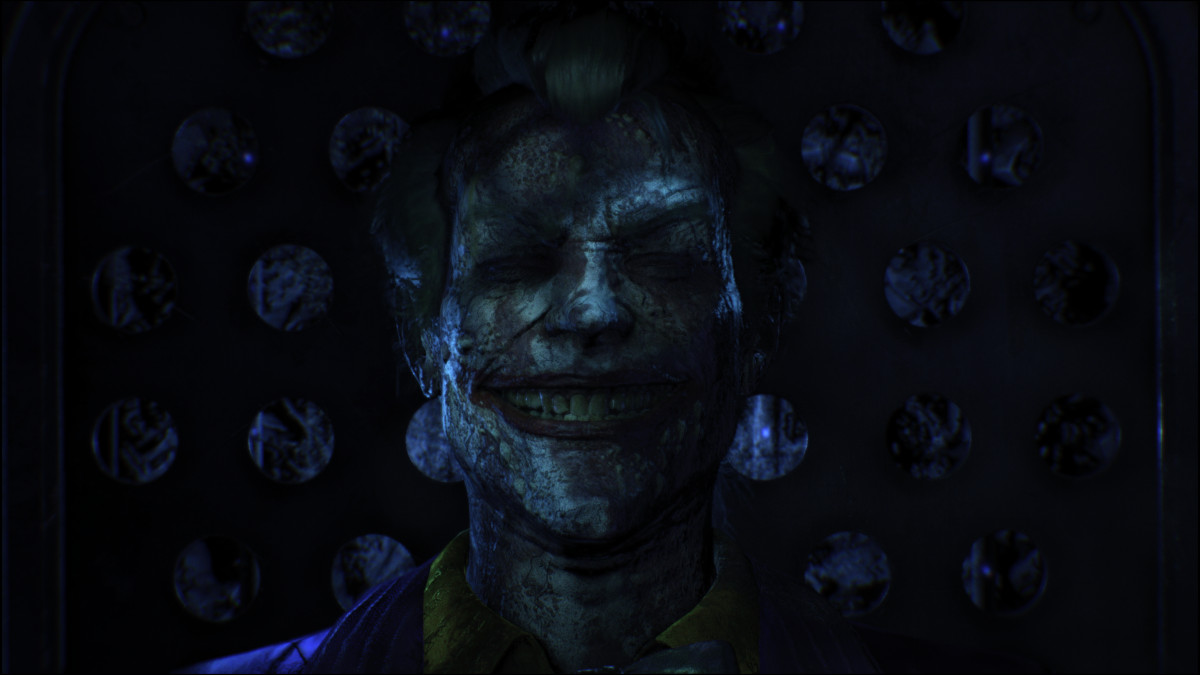
I believe you should play the Batman Arkham games in release order. This is what I did, and I played them back in the days when they were initially released. There’s a sense of progression to the story that’s lost if you play them chronologically because you’ll be starting with what, for many of us, is technically the third game.
However, this is just my opinion. For many of you, it won’t matter what order you play these games in because they all feature the series’ most important aspects: solid combat systems, incredible boss fights, and memorable stories that stick with you long after they’re over.













Published: Mar 15, 2024 10:55 am